
Sultan Suleiman the Magnificent. Kanuni Sultan Süleyman Ottoman empire, Portrait, Italian painters
The Ottoman Empire, which existed from the 14th century until the early 20th century, had a complex and varied approach to issues related to sexuality and gender, including those of gender and sexual minorities . Concepts such as gay, lesbian or transgender did not exist in the Ottoman era.
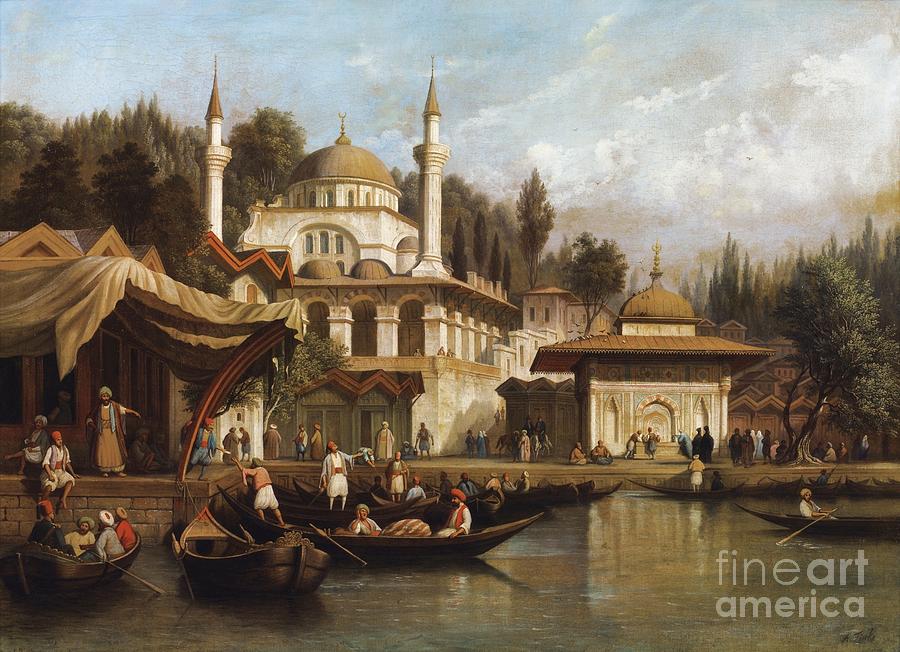
Daily Life In Istanbul During Ottoman Empire Painting by Celestial Images
Ottomans and Orientalists both contended and connected with each other--whether in Pera or in the palace--and Roberts discusses how these networks of patronage and apprenticeship eventually led to works that were produced in Istanbul ending up all around the world.
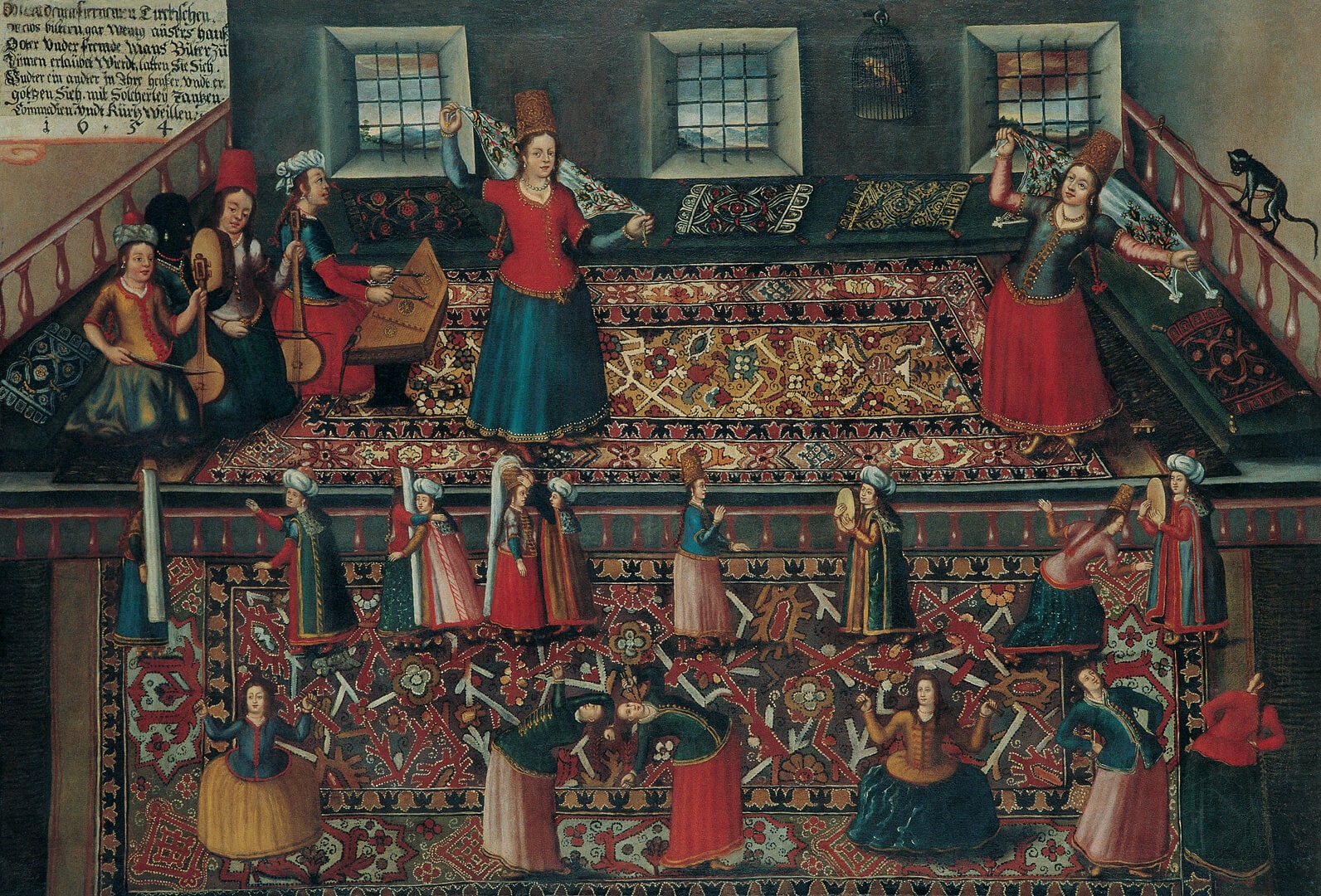
Pera Museum Ottoman Music and Entertainment from the Perspective of Painters
Reply of the Zaporozhian Cossacks to Sultan Mehmed IV of the Ottoman Empire Painting. Ilya Repin. $15. $12. More from This Artist Similar Designs. The Scholar Painting. Osman Hamdi Bey. $15. $12. More from This Artist Similar Designs. Young Girl Reading the Quran Painting. Osman Hamdi Bey. $15. $12.

Ottoman Turks on the march Ottoman empire, Warriors illustration, Painting
Young Girl Carrying a Pumpkin, 1889 by Fausto Zonaro | Famous Orientalist Painters in The 19th Century Ottoman Empire. In his paintings, he successfully painted various parts of Istanbul, social events such as weddings, holidays, religious and official ceremonies, war, and people from various professions.
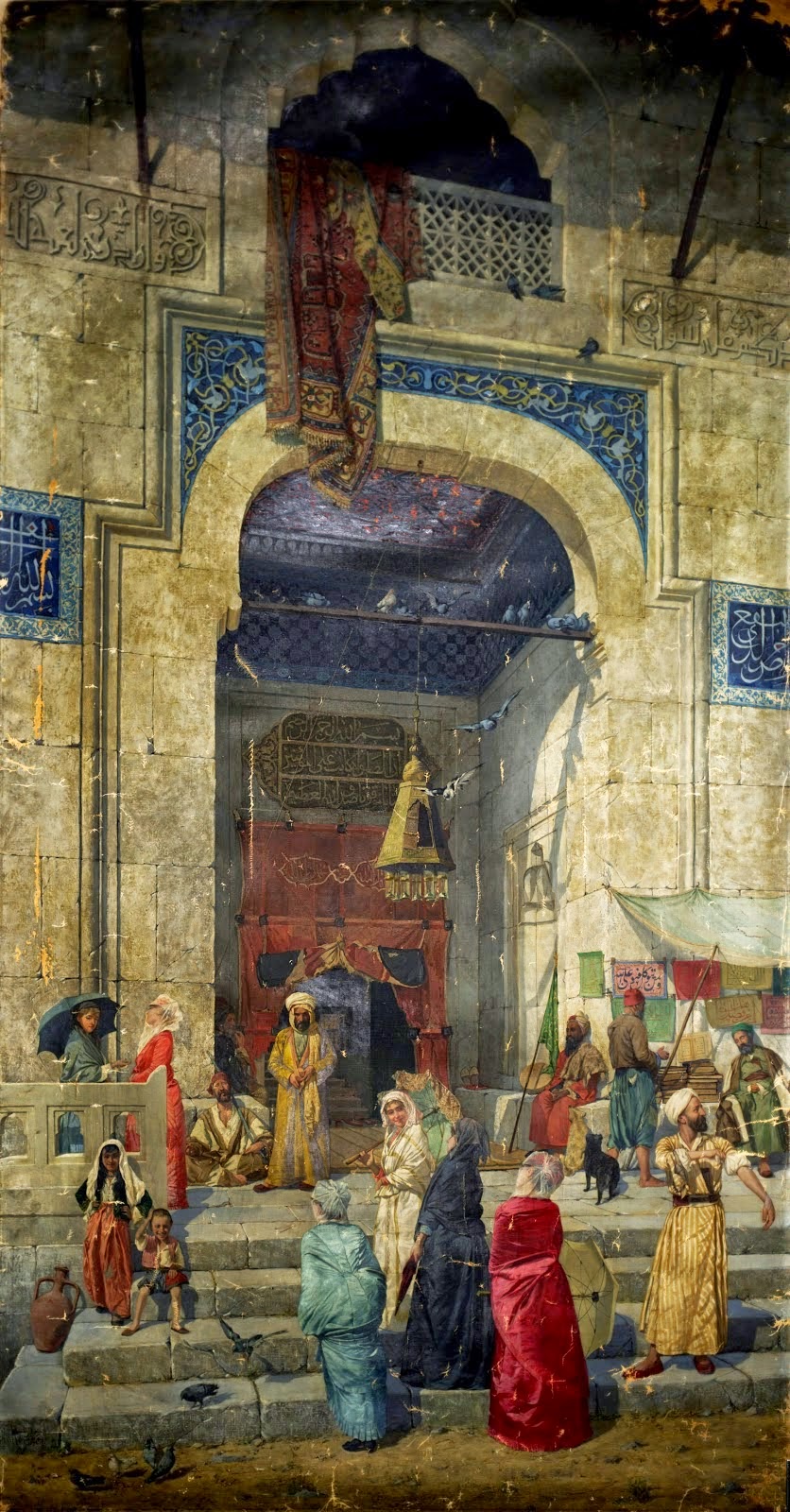
Osman Hamdi Bey An Ottoman Empire Painter (18421910) Fine Art and You
But when the Grand Vizier to Selim II - Sokollu Mehmed Pasha - caught wind of some existing paintings of Ottoman Sultans in Venice and requested copies from the Venetian ambassador in 1578, Venice.
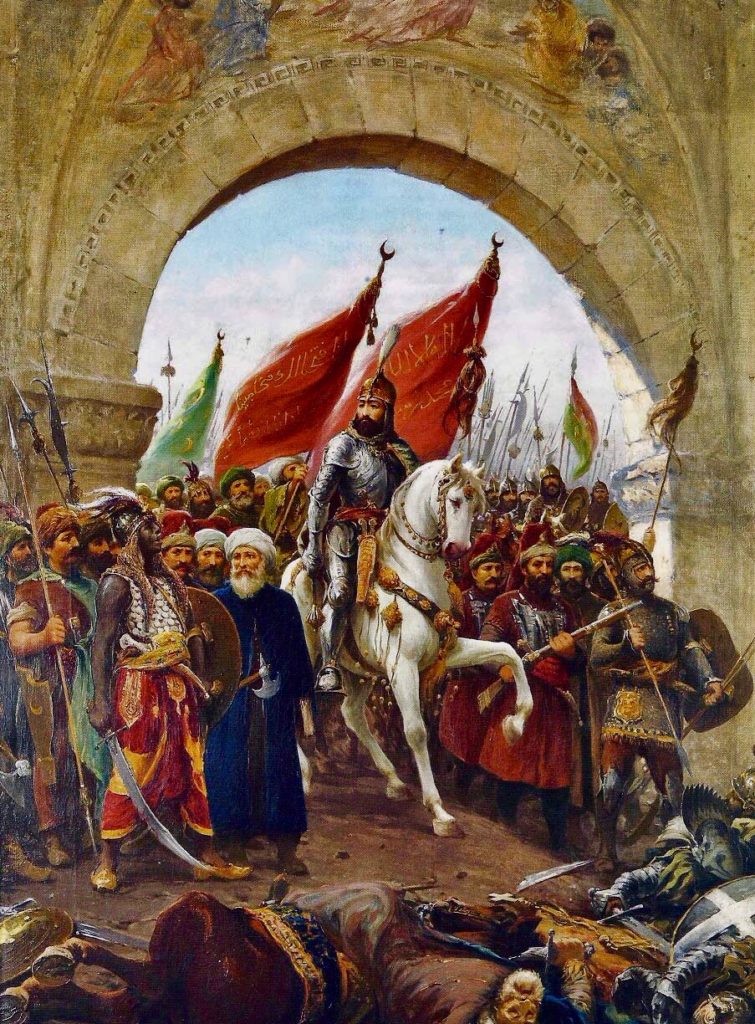
The Ottoman Imperial Painting Collection My Beautiful Istanbul
The years 1839-1876 were a time when Ottoman architecture featured a mixture of the baroque, rococo, empire and neogothic styles found in the cities of Europe, western literary forms like.
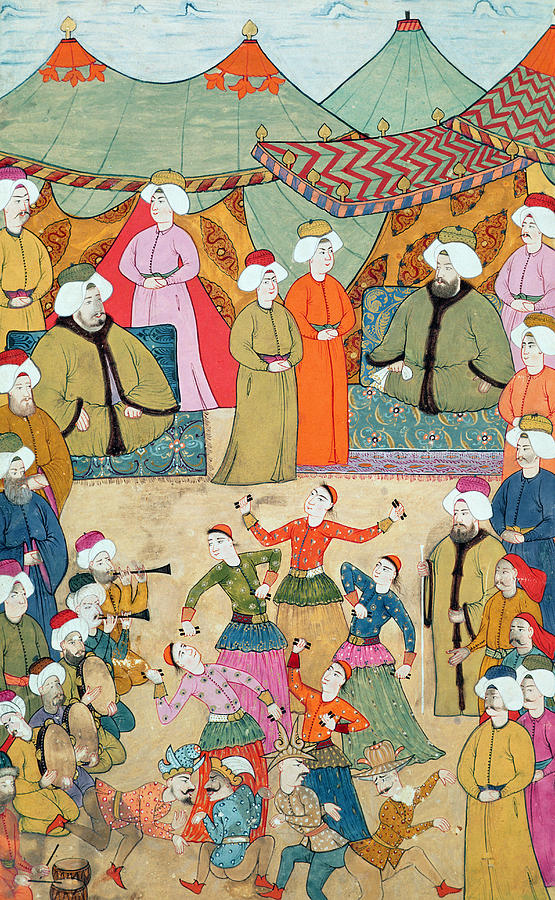
A Dance For The Pleasure Of Sultan Ahmet IIi 16731736 From The Surnama, 1720 Painting by
Ottoman Art Two different but distinctly Ottoman styles emerged in the court workshop. The first, called saz, combined floral palmettes and curving, featherlike leaves. The second, called the floral style, featured flowers, namely carnations, hyacinths, honeysuckles, roses, and tulips.

Ottoman Empire Aesthetics Perspektive kunst, Kunst, Türkei
The Art of the Ottomans after 1600 Genealogical Scroll Cushion Cover (Yastik) Portrait of Sultan Ahmet I (r. 1603-17) Hizb (Litany) of An-Nawawi An-Nawawi "Calligraphic Composition in Shape of Peacock," Folio from the Bellini Album Marika Sardar Institute of Fine Arts, New York University October 2003

Ottoman soldier praying at Hagia Sophia, Istanbul Hagia sophia, Turkish art, Eastern art
Rudolf Ernst (1854, Vienna-1952, Fontenay-aux-Roses, France)Best known for Ottoman Empire paintings of elaborately costumed merchants, guards or sentinels an.

[Ottoman Empire] Istanbul, 19th Century (Osmanlı İstanbul'u, Şehzade Camii, 19. Yüzyıl) Türk
Ottoman miniature painting, which was periodically affected different artistic influences, was essentially a form of what can be called "historical painting". The bulk of Turkish miniatures comprise works of documentary value deriving from the depiction of actual events. The Historical Development of the Ottoman Court Miniature

Ottoman Empire Pics on Twitter Painting, Art, Turkish art
Ottoman illumination is an art form of the Ottoman Empire Turkish art ( Turkish: Türk sanatı) refers to all works of visual art originating from the geographical area of what is present day Turkey since the arrival of the Turks in the Middle Ages. [citation needed]

Ottoman Imperial Archives on Twitter Turkish art, Islamic paintings, Islamic art
Marika Sardar Institute of Fine Arts, New York University October 2004 The Ottoman sultans' fascination with European art, which had so strongly influenced the arts of the eighteenth century, played an equally important role in the nineteenth.

Treasures of the Ottoman empire / Centuries of intricate artifacts at the Asian
The Art of the Ottomans before 1600 Fragmentary Silk Velvet with Repeating Tiger-stripe and 'Chintamani' Design Mirror with Split-Leaf Palmette Design Inlaid with Gold Tile Hungarian-Style Shield Khusrau and Shirin Hatifi Fragmentary Loom Width with Wavy-Vine Pattern 'Saz'-Style Drawing of a Dragon Amid Foliage Shah Quli

Mehmed The Conqueror Art institute of chicago, Ottoman empire, Mehmed the conqueror
Ottoman Empire Visual arts Architecture Miniature Pottery Calligraphy Performing arts Shadowplay Meddah Dance Music Languages and literature Ottoman Turkish Poetry Prose Sports Oil wrestling Archery Cirit Other Cuisine Carpets Clothing v t e
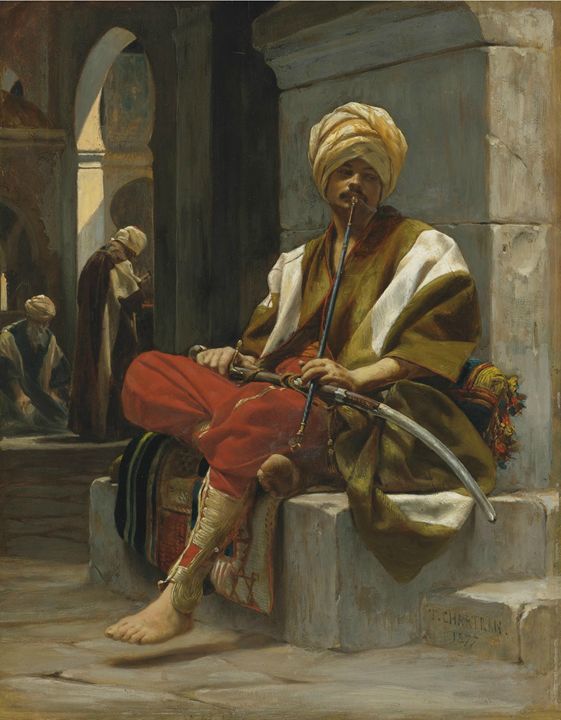
Ottoman Empire, 1877 OttomanArchives Paintings & Prints, Religion, Philosophy, & Astrology
The Ottoman Empire was and is famous for the elaborate design of mosques and mosque complexes that were built. The most famous examples of such architectural designs are the Suleymaniye Mosque.

ottoman history (historyottoman)
Carpet Armenian Gospel with Silver Cover Panel Hanging Damascus Room Part of a valance Marika Sardar Institute of Fine Arts, New York University October 2003 At its height, the Ottoman empire (ca. 1299-1922) spread from Anatolia and the Caucasus across North Africa and into Syria, Arabia, and Iraq.